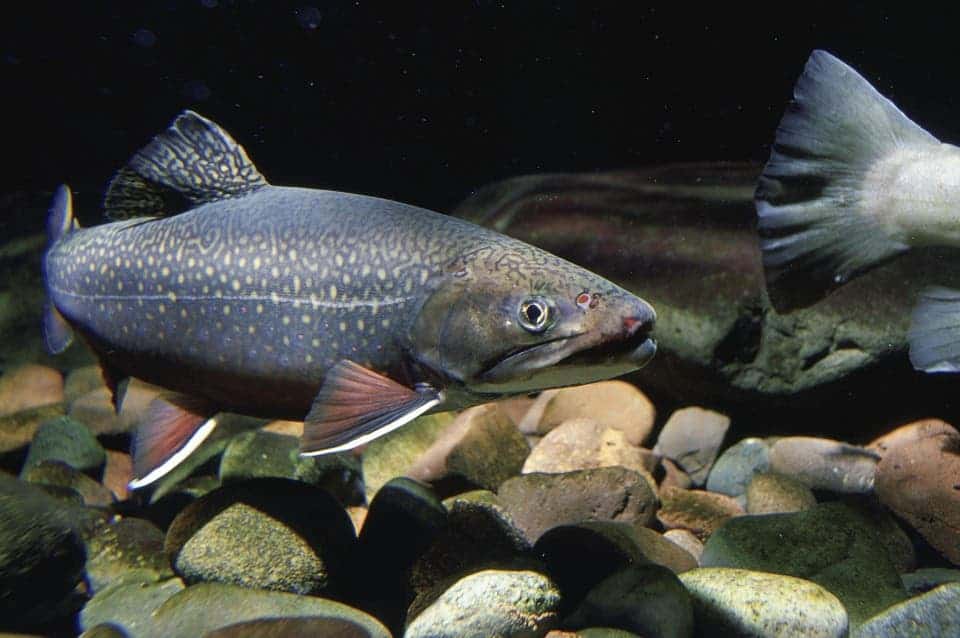Our ocean-swimming friends like to go to deeper waters as they age — or so we thought. New research revealed that this process, which we considered a natural element of fish’s development cycles, is actually caused by human activity.

Older fish tend to dwell in deeper waters than younger members of the same species. This phenomenon is known in biology as Heincke’s Law, developed during the 1900’s based on observations of North Sea plaice and other species in the Atlantic such as cod, haddock, pollock, and some flatfishes.
Grow up, move down
As it is so widely-seen in all manner of fish species, biologists assumed that it’s something the scalies naturally do as part of their life-cycle — in other words, that this behavior is ontogenic in nature.
Heincke’s Law, however, has started to show cracks in later years. Several studies (for example L. Schumacher et al., 2017) have called the presumed link between age and usual depth into question. A new paper published by a team of Canadian researchers proposes that a different (and more worrying) factor is at play: us. Their theory is that all big fish are found in deeper waters because we fish out any that dares remain in shallow ones.
Several ideas were proposed in the past in an attempt to explain Heincke’s law. Older fish slink to deeper, colder waters where lower metabolic demands allow them to live longer, one stated. Another, that all fish like to live in shallow waters, but competition pushes older members off of this prime territory. Or, coming from the other direction, that all fish actually love deep waters — but younglings swim to the top in an effort to protect themselves from aggressive adults down below.
Not satisfied with any of these explanations, the team — composed of members from the Bedford Institute of Oceanography in Dartmouth and Queen’s University, Kingston — set out to investigate. They started by reevaluating datasets of cod stocks in the Eastern Scotian Shelf (off the coast of Nova Scotia) from 1970 to 1989.
Correlation does not imply causality
They selected this species and period because cod-fishing has traditionally been a major industry in Canada. But, faced with freefalling stocks, the country imposed a moratorium on cod fishing in 1993 that’s still in effect to this day.
On first look, the records seem to support Heincke’s view — throughout the years covered in the dataset, larger cod were found in deeper and colder waters. However, the team then ran computer simulations tying the capture depth and mass of fish to mortality rates induced by fishing. When these simulations were fed with fishing rates taken from the dataset, the outcomes were consistent with how we’ve seen fish stocks and distribution evolve.
When fishing-induced mortality rates were increased, larger fish were progressively pushed deeper. When fishing rates were set to zero, there was no age-related distribution across different depths, the team reports.
The findings are lent further weight by real-life observations. Due to Canada’s moratorium, no cod fishing took place in the investigated area between 2006 and 2010. The team notes that cod of all sizes and ages were found living together in shallow waters during this time, which they credit to the fact that older fish weren’t being fished out of the water.
Oceans house some of the largest, most complex ecosystems on the planet — and they underpin those on land. The results showcase the incredible pressure we’re putting on these systems and raise concerns about the damage we’re inflicting.
It’s also worth to note that between anthropic climate change and overfishing, we’re destroying fish stocks all over the planet. The problem is further compounded by pollution.
The paper “Exploitation drives an ontogenetic-like deepening in marine fish” has been published in the journal Proceedings of the National Academy of Sciences.


